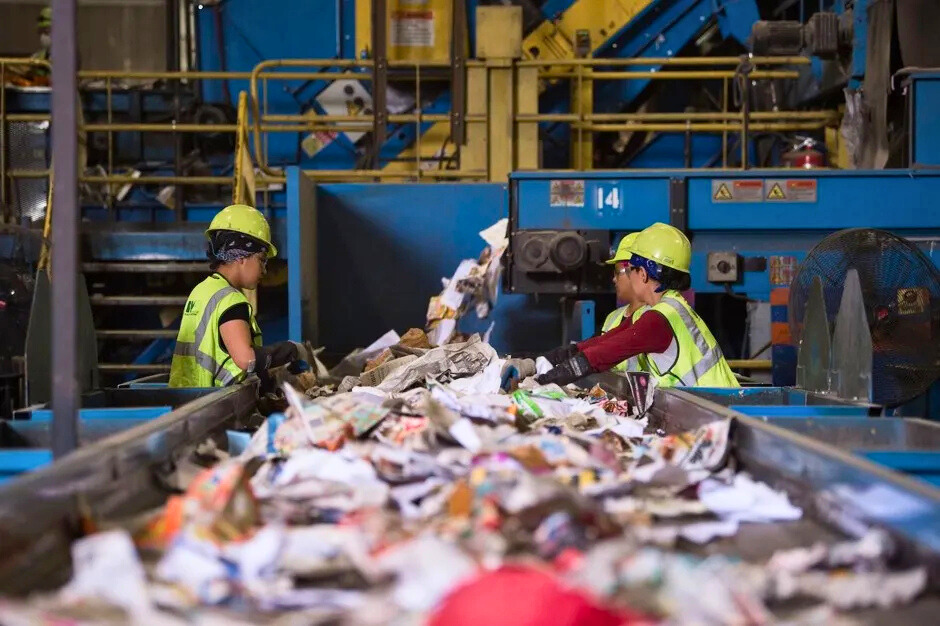China has become so proficient in recycling waste that it now faces a shortage of materials to process. This issue, which has garnered attention on Chinese social media, is linked to the country’s growing number of “Hungry Incinerators.” These are facilities that burn waste to generate electricity or fuel but are struggling to find enough waste to meet their processing needs, as reported by Global Times.
The plants have become so desperate for waste that many are now looking beyond local sources, with some even importing waste from other countries.
Professor Liu Jiangguo, from the School of Environment at Xinhua University, told China News Network that the long-standing problem of overflowing waste in many Chinese cities has been largely solved due to the rapid spread of waste-to-energy incineration technology. Liu added that China’s waste incineration sector is among the best globally in terms of equipment, technology, and management.
According to a report by Insight and Info, by October 2024, China will have 1,010 waste incineration plants, nearly half of the world’s total. Hainan province was the first in China to implement a comprehensive waste-to-energy system across the entire region. During a visit to Sanya, China News Network reporters observed a silo at a local plant capable of storing 20,000 metric tons of waste.
At this facility, each metric ton of waste produces between 340 to 350 kilowatts of electricity per hour, enough to meet the energy needs of one household for an entire month. Simply put, the waste from five households can power one household for a month.
These “smart” waste incineration plants have significantly boosted China’s waste management capabilities. The environmentally friendly process of turning waste into energy is now gaining traction worldwide.
The China Ecological and Environmental Status Bulletin, published by China’s Ministry of Environmental Science in 2024, revealed that the amount of household waste collected in Chinese cities reached 263 million metric tons in 2024. The country is capable of safely processing nearly 1.16 million metric tons of waste each day without causing environmental harm.
By the end of 2025, China’s capacity to incinerate urban household waste will reach about 8 million metric tons per day. Despite this progress, the country is now dealing with a mismatch: its processing capacity exceeds the amount of waste collected, leading to underutilized incineration plants.
According to E20 Institute, a semi-governmental think tank in Beijing, these plants are operating at just 60% of their capacity, leaving 40% unused. To cope with this, many plants are now scouring for more waste, even unearthing waste that has been buried for decades.
In the short term, to maintain full operations, these incineration plants need more waste to process.
Professor Liu suggests that the incineration method should be expanded to handle different types of waste, such as rural household waste, flammable industrial waste, and previously mismanaged biodegradable waste.
In response to the shortage, some Chinese companies are even looking to source waste from abroad. Leading firms have started projects in Southeast and Central Asia, as well as in advanced countries like the UK and France, to produce energy from waste.
What was once a shortage of waste in China has now become an opportunity for the country to become an exporter of waste incineration technology. This shift signals a significant step in China’s efforts to build an environmentally friendly society. The export of this technology represents not only a boost to China’s waste management industry but also an important achievement in global environmental conservation and sustainable development.
